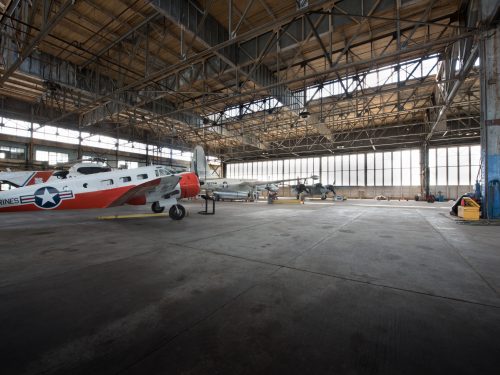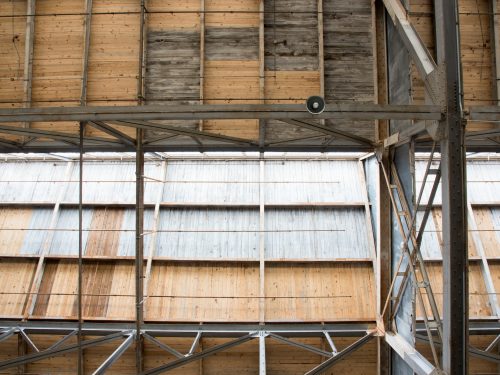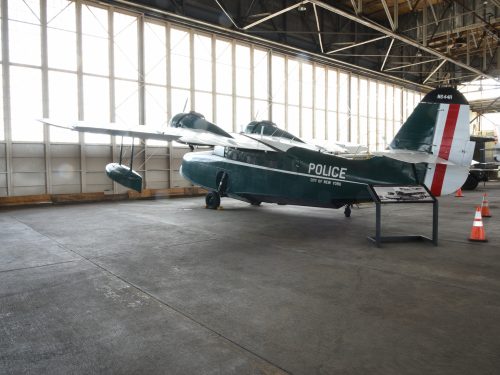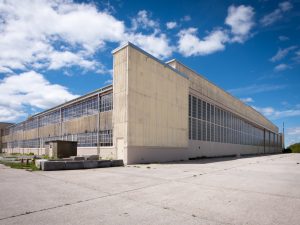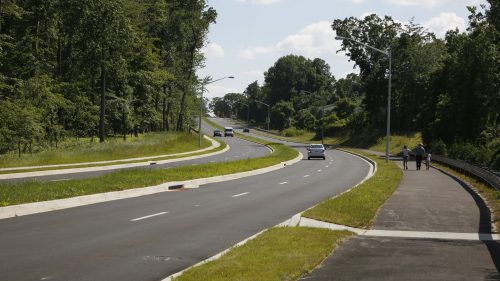Reconstruction of Gateway National Recreation Area
Reconstruction of Gateway National Recreation Area
In the summer of 2012, Superstorm Sandy left a trail of devastation up and down the New Jersey coast. One area hit particularly hard was the Sandy Hook portion of the Gateway National Recreation Area. The storm flooded the entire peninsula with an average depth of five feet of water. Only the Sandy Hook Lighthouse and the lighthouse keeper’s quarters were left above water.
The storm dramatically damaged the multi-use path that extends for about seven miles. Portions of the asphalt path were washed away when the storm surge came through the dunes, leaving behind up to three feet of sand covering the former path and the adjacent parking areas. At the entrance gate to Sandy Hook, the storm surge overtopped the stone seawall and scoured and eroded the concrete path. The storm lifted the concrete and carried it out into the roadway, taking the guardrail with it. Light poles were snapped in half.
JMT provided construction management representative (CMR) services for the reconstruction project. The CMR was responsible for the administration of the construction contract, working in collaboration with the client’s project management team.
Repairs at the entrance gate included the reconstruction of the concrete section of the multi-use path, reconstruction of the metal guardrail, replacement of wooden guardrail sections, stabilization of the base of the seawall, installation of non-vegetative asphalt at the guardrail, installation of new wiring conduit for the lights, reconstruction of the breaker and contactor panels, installation of new light poles and wiring, and striping of the reconstructed trail sections.
Throughout the damaged portions of the trail, the broken asphalt was removed and a new base was installed where required. A new asphalt trail was installed with a two-foot-wide shoulder on either side. The path was then striped.
At what is known as the Magruder section at the entrance to the former Fort Hancock, reconstruction included removal of sand that had covered the former trail, which had washed away, reconstruction of the trail, and installation of an inlet structure and piping and an outfall to control future flooding of the adjacent roadway. This was followed by striping of the trail.
The project required the services of the prime contractor, a concrete subcontractor, an asphalt subcontractor, an electrical subcontractor, and a striping subcontractor. JMT observed and monitored the construction activities for compliance with the contract requirements and conducted regular progress meetings. The project was completed on schedule and within budget.
